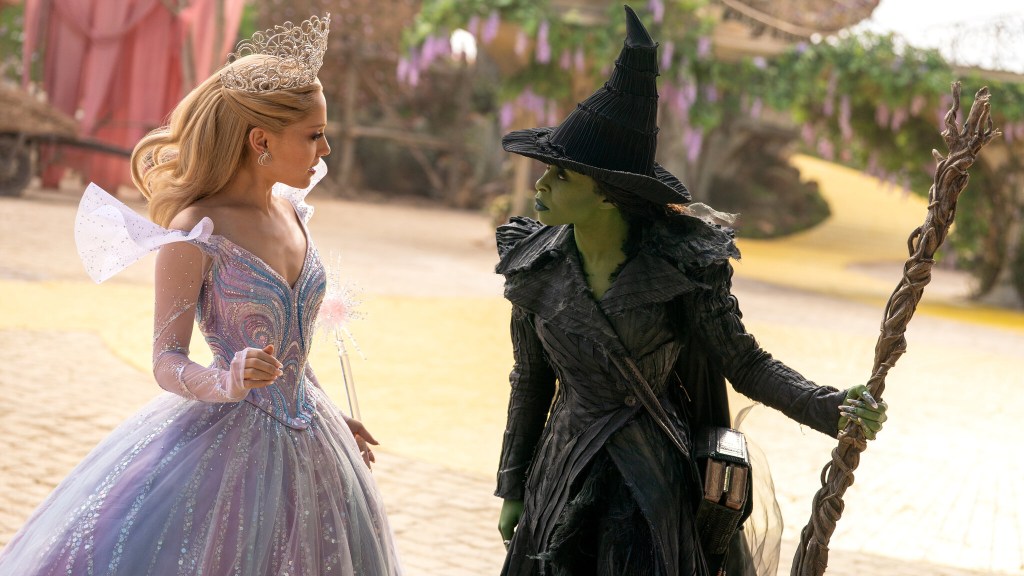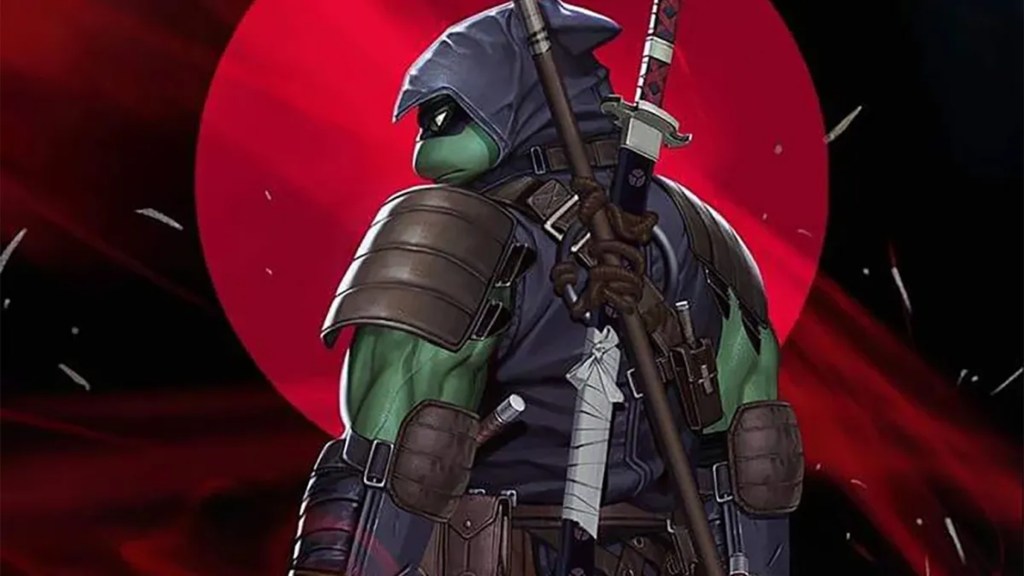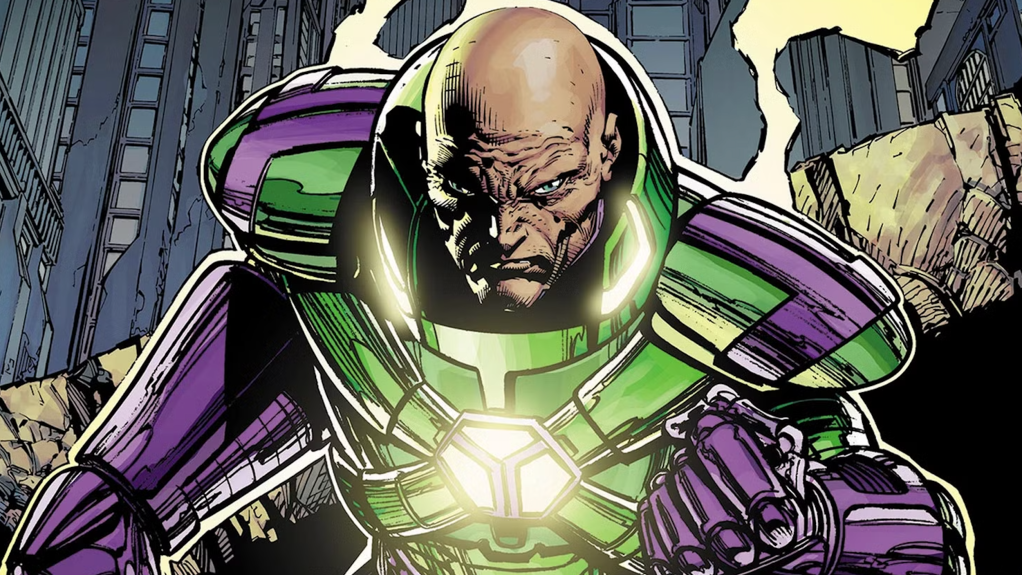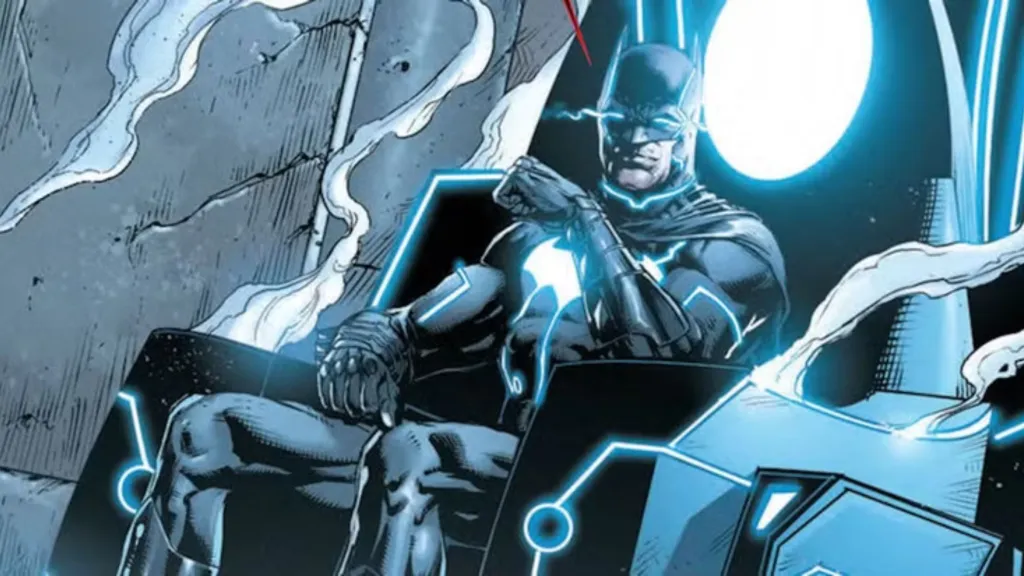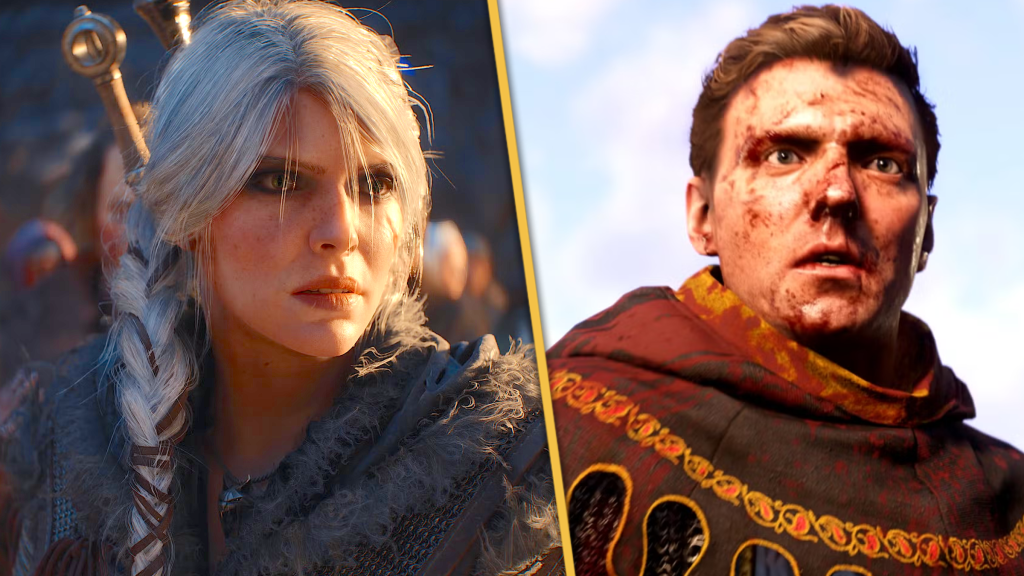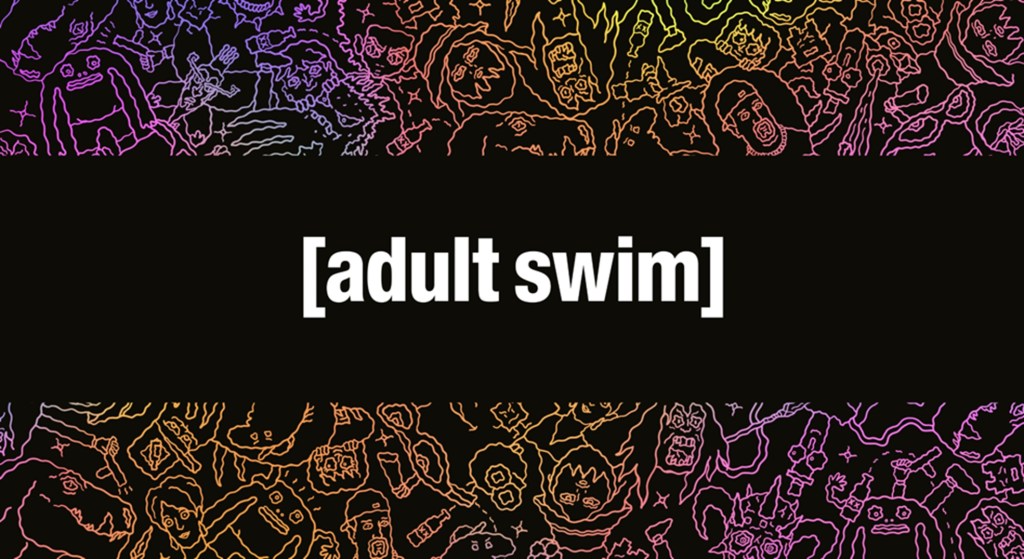-
This 36-Year-Old Marvel Story Explains All Of Stranger Things Season 5 (Including Vecna’s Plan)
One surprising X-Men story gives away the plot of Stranger Things Season 5.
Comments -
A Brand New True Crime Movie With 86% RT Score Finally Lands a Streaming Premiere
Channing Tatum’s newest movie is coming to streaming next week.
-
This Modern X-Men Classic Isn’t as Great as Fans Want It to Be
House of X/Powers of X is an undisputed classic, but it’s time we admitted it was flawed.
-
Wicked Fans Fight Back Against For Good’s Disappointing Rotten Tomatoes Score With Far Bigger Audience Rating
Wicked: For Good‘s fans aren’t letting the critics have their say on Rotten Tomatoes.
-
Paramount+ Show Returns As Instant Record-Breaking Hit With Over 9 Million Views In 2 Days
Paramount+ has another big hit on its hands from the creator of Yellowstone.




